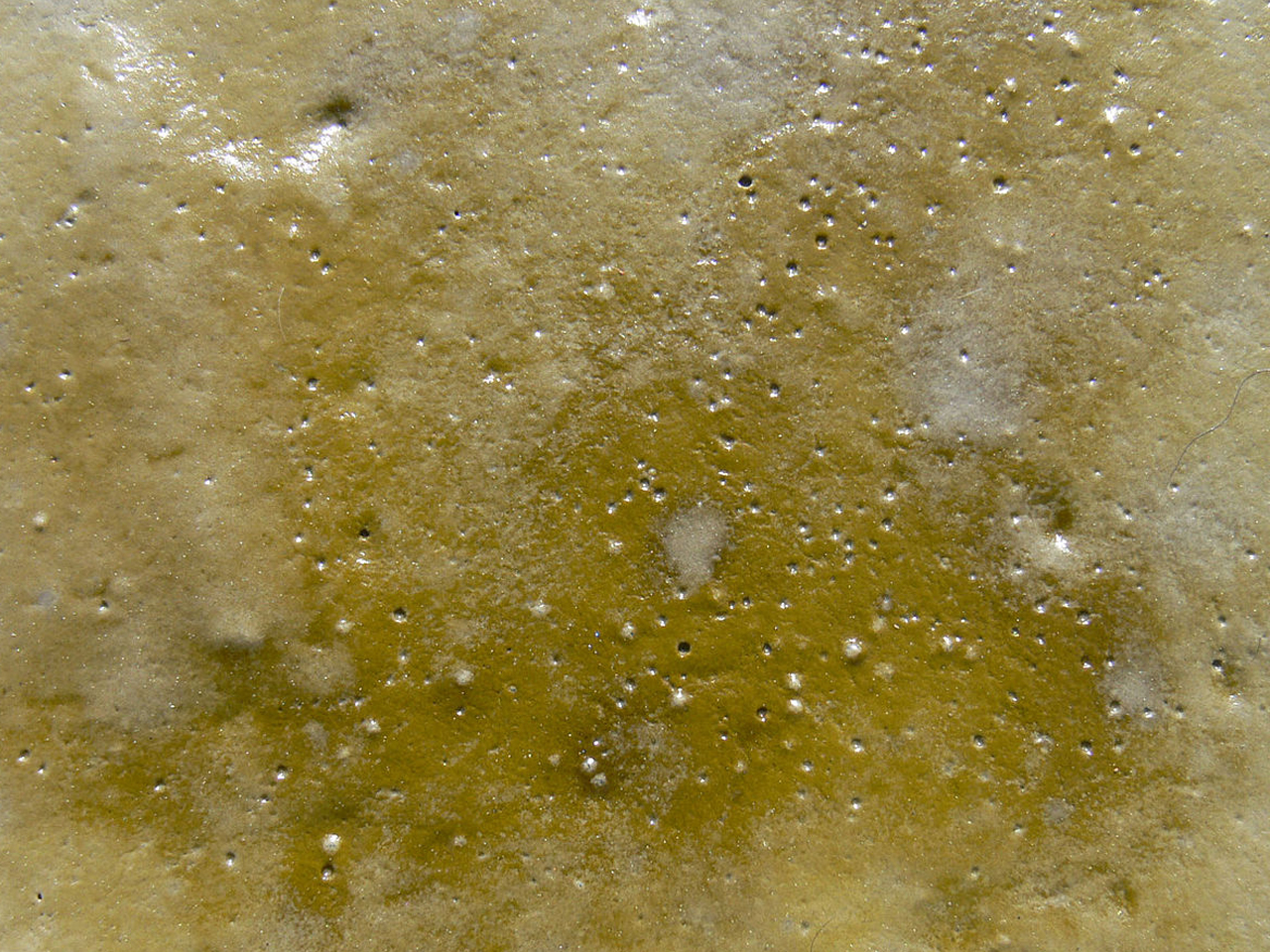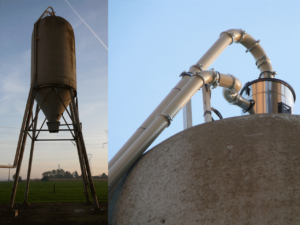
Protect your factory floor with the central vacuum system
Nonostante i capannoni siano “solitamente” spazi semplici da gestire, la loro pulizia spesso risulta essere più complicata del previsto.

A biofilm is a kind of organic envelope that encases bacteria within it, giving them a better chance of environmental survival and protection from external factors. A biofilm begins to exist with a residue of organic or inorganic matter on a surface that may be visually "clean".
This accumulation of organic matter (food residues, for example) provides a suitable environment for the bacteria to adhere to the surface, forming a small, very thin layer that forms the initial colony.
Over time, this layer incorporates various materials, food, other bacteria and then matures thanks to the active role of the bacteria, which 'connect' to each other and retain the particles by using their natural structures.
A biofilm left to mature and establish itself for too long will be inextricably bound to the surface itself and will then be able to sustain the bacterial forms within it even under adverse conditions.
Even when you have cleaned a surface, dirt may remain hidden. This is why there is a well-founded fear in the food industry that communities of bacteria can hide on food surfaces. Among the microorganisms that form biofilms, some may be pathogenic to humans.
Biofilm, which forms on surfaces, finds fertile ground when surfaces are not properly cleaned and sanitised, leaving grease or protein residues. The points at greatest risk of contamination are those most difficult to reach and therefore to clean (gaskets, filters, joints, etc.).
Not only that, but in food workplaces in particular, biofilms can also lead to cross-contamination, i.e. bacteria can end up on food and contaminate it.


In order to protect the safety of both consumers and operators, it is essential to maintain a high level of cleanliness and hygiene in establishments to prevent the formation of biofilms.
Firstly, it is necessary to carry out analytical work to detect its presence on surfaces. Subsequently, it is necessary to establish periodic cleaning schedules and to have a system capable of preventing the formation of biofilm by deep cleaning all surfaces. Biofilm can adhere to almost any material, especially if marked or damaged, from stainless steel to plastics.
For convenience and effectiveness, an industrial central vacuum system can be the definitive solution to this problem because it is able to thoroughly remove all dirt, production waste, which can become a breeding ground for bacteria.
Finally, unlike the use of detergents, which must comply with certain characteristics to be effective and towards which, in any case, bacteria can develop resistance, with suction you can also avoid these drawbacks.

Nonostante i capannoni siano “solitamente” spazi semplici da gestire, la loro pulizia spesso risulta essere più complicata del previsto.

The reopenings and the return to normal life have revived consumption, but with such a demand that the production system cannot reorganise itself.

Whether in the food, manufacturing or automotive industries, to name but a few, suction of liquids is notoriously an obstacle.

The Circular Economy Report 2021 estimates annual savings of around €100 billion for Italian industries if circular economy management practices were adopted.

For companies producing and processing dry feed, or similar products such as cereals or flour, transporting the product to storage silos is a process fraught with pitfalls.

Even when you have cleaned a surface, dirt may remain hidden and unseen.
Sistem Air Pro is capable of responding to all professional and industrial sector requests